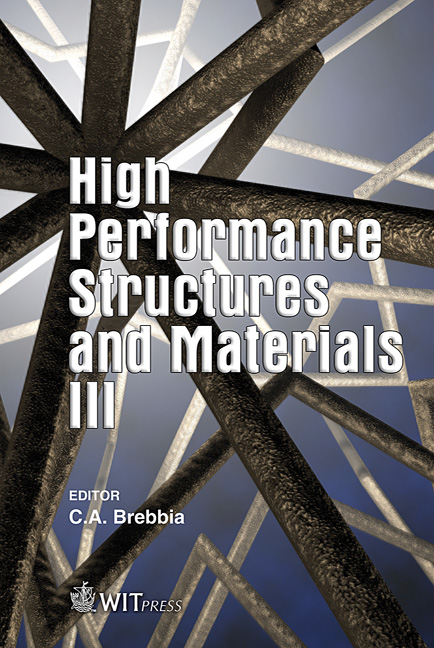Compression Moulding Of Jute Fabric Reinforced Thermoplastic Composites Based On PLA Non-woven Fabric
Price
Free (open access)
Transaction
Volume
85
Pages
9
Published
2006
Size
2,588 kb
Paper DOI
10.2495/HPSM060171
Copyright
WIT Press
Author(s)
T. Katayama, K. Tanaka, T. Murakami & K. Uno
Abstract
To solve the problem of the large environmental burden in the disposal of FRP (Fibre Reinforced Plastics), natural fibre and biodegradable resin have received a lot of attention as easily degradable materials in the natural environment. To enlarge the usage of the composites based on natural fibre and biodegradable resin, cost reduction and enhancing its strength are essential subjects. In this study, in order to develop the environment friendly biodegradable composites that have high performance of strength, rigidity and productivity, the non-woven stacking method was proposed and the influence of moulding conditions on impregnating property and mechanical property of Jute Fabric Reinforced Thermoplastic composites (JFRTP) based on PLA non-woven fabric was discussed. It takes several minutes for PLA to impregnate into fibre bundles after the material reaches preset moulding temperature due to its high melt viscosity and twist of fibre bundles. The properly moulded JFRTP specimen reached about 115 MPa in bending strength, which is comparable to GFRTP with 20 wt % long fiber made by injection moulding. Keywords: green-composite, natural fibre, jute fibre, PLA, non-woven fabric, compression moulding, bending property. 1 Introduction While growing interest in environmental issues, environmental burden of FRP disposal has been a big problem in recent years. The conventional materials for FRP, such as glass fibre or carbon fibre as reinforcement, and epoxy or polyamide as matrix are hardly degraded in natural environment and hardly
Keywords
green-composite, natural fibre, jute fibre, PLA, non-woven fabric, compression moulding, bending property.





